When we think of early modern military, we typically think of infantry, cavalry and artillery. But once in a while while researching you run into a fun little term that provides some color and character to an otherwise monotone palette.
Enter the French’s enfants perdus.

Enfants perdus‘s literal translation is “Lost children” but a phrase more typically used as the translation is “forlorn hope.” It’s the equivalent to Dutch’s verloren hoop (which means “lost heap”). French generals of German troops used a more pragmatic phrase, commanded musketeers.
Despite it sounding overly-dramatic, the name enfants perdus were apt. These French enfants perdus were small groups of soldiers, typically musketeers, formed by pulling troops out of various regiments. They were used as skirmishers as well as given specific missions (such as “hold that bridge” or “charge that outpost”). They were also used at the head of regiments to lead attacks.
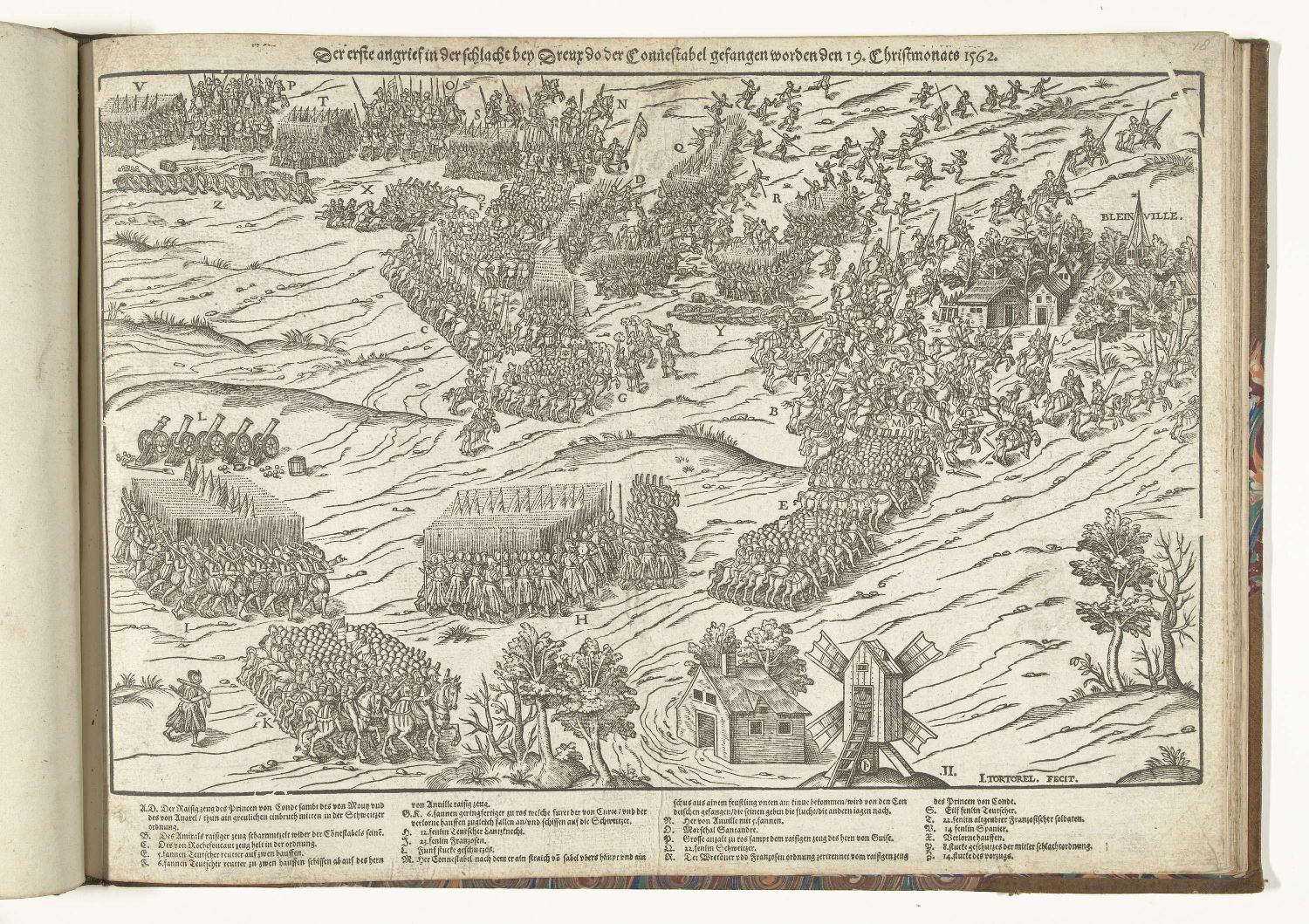
Their role in battle meant there was a high risk of death (hence “lost children”).
Examples of enfants perdus in 17th Century French military
The enfants perdus were used relatively frequently during the French battles in the Thirty Year’s War.
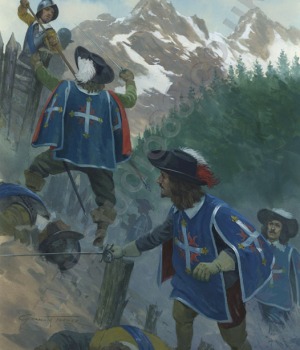
For example: In the summer of 1630, the Gardes Francaises detached 50 enfants perdus to take Séez. In August of the same year, the enfants perdus of the Picadie and La Meilleraye regiments were the first to the first to reach their objective and held a bridgehead.
In July of 1635, the Duc de Rohan got his troops ready for battle, dividing it into two corps and “detaching” the enfants perdus. In the fall of the same year, the Duc de Rohan’s enfants perdus marched at the head of the battalions and “gave battle so furiously on all sides that the Spanish were repelled to their last entrenchments.”
As noted previously, the French used musketeers exclusively for this group, though Cardinal Richelieu noted in his memoirs that at one battle there were “as many pikemen as musketeers from each battalion” who were part of the enfants perdus. This seems to be the exception, however.
The King’s Musketeers as enfant perdus at the Battle of Suze
The King’s Musketeers were often put in this position as King Louis XIII prided himself in the prowess and courage of his men. Similarly, the King’s Musketeers were often in their late-teens and early-20s and were looking for ways of distinguishing themselves on the battlefield.

“Battle in the Alps on the border of France and Italy”
(National Library of Portugal)
After the Siege of La Rochelle, France wanted to march troops through the Duchy of Savoy in order to fight the Spanish. Savoy, a constant thorn in France’s side, objected to French troops marching through and blocked the French at the mountain pass called the Pas-de-Suze in Piedmont.
The pass was defended by roughly 2,700 Piedmontese soldiers and blocked by fieldworks that consisted of 30 redoubts and two lines of barricades, each being 3.7m (12′) thick and 6.15m (20′) high.
After a short standoff, Louis XIII and Cardinal Richelieu ordered an attack on the fieldworks and then the town.
As François de Bassompierre, a French courtier and general, recounted in his memoirs that “the order was that each corps should cast before it fifty enfants perdus, supported by one hundred men, who would be supported by five hundred… The king arrived at the same time with the comte and the cardinal. He wished his Musketeers to be joined with the enfants perdus of the guards.”
A two-pronged assault was planned. Early in the morning, the French and Swiss guard infantry and 48 companies of line infantry marched toward the barricades. About eighty Musketeers dismounted and joined the the 120 other guardsmen for a band of 200 enfants perdus.

According to Richelieu, the enfants perdus were split into three groups — one to attack the middle barricade and the other two to attack both flanks of the barricades. The Musketeers and some of the Cardinal’s guard had the pleasure of the middle barricade.
Under heavy fire, all three units attacked and quickly beat back the Piedmontese soldiers from the fieldworks, “as much because of the violence of the French as because of the enemy,” according to Richelieu. This gave way to supporting troops to pour through and take the outer forts and the town itself.
There are good recounts of the Battle of Suze by Richelieu and Bassompierre in Appendix II of French Armies of the Thirty Year’s War.
Resources:
“Forlong hope”, Wikipedia, https://en.wikipedia.org/wiki/Forlorn_hope
French Armies of the Thirty Year’s War, Stephane Thion, LRT Editions
French Musketeer 1622-1775, Rene Chartrand, Osprey Publishing
“Ordinance of the armies at the battle of Dreux, dec. 1562” Jean-Jacques Perrissin and Jacques Tortorel http://utpictura18.univ-montp3.fr/GenerateurNotice.php?numnotice=B4412
“Question about enfants perdus in the battle of Dreux” MyArmoury.com, http://myarmoury.com/talk/viewtopic.36366.html
“Taking of Suse, 6 March 1629”, Orderint dum probent, http://rusmilhist.blogspot.com/2011/01/taking-of-suse-6-march-1629.html
“Taking of Suse, 6 March 1629 (II), Orderint dum probent, http://rusmilhist.blogspot.com/2011/02/taking-of-suse-6-march-1629-ii.html



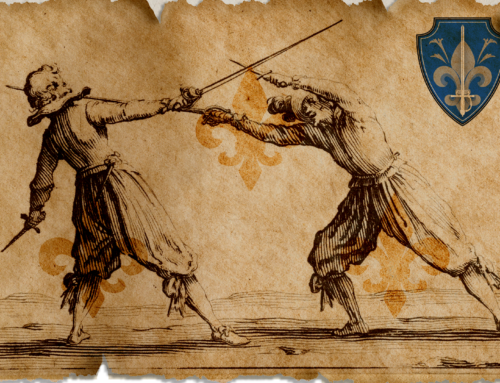
![So What Did The King’s Musketeers’ Uniforms Look Like? [1622-1660]](https://justinswordfit.com/wp-content/uploads/2018/08/russia-threemusketeers-500x383.png)
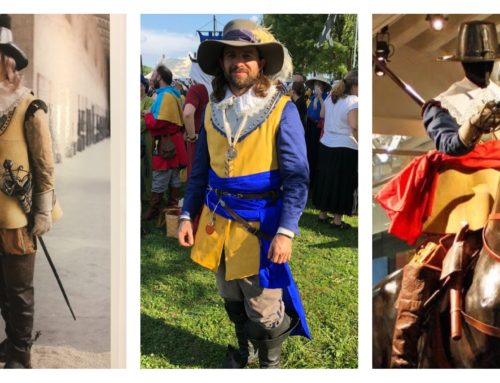
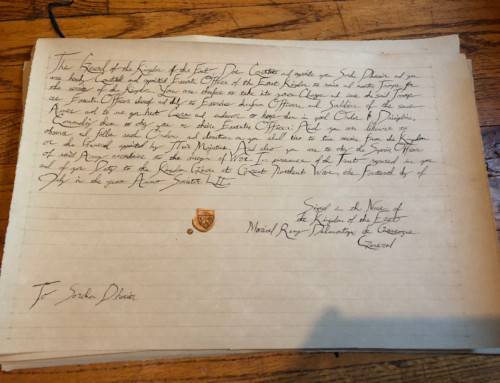
Leave A Comment